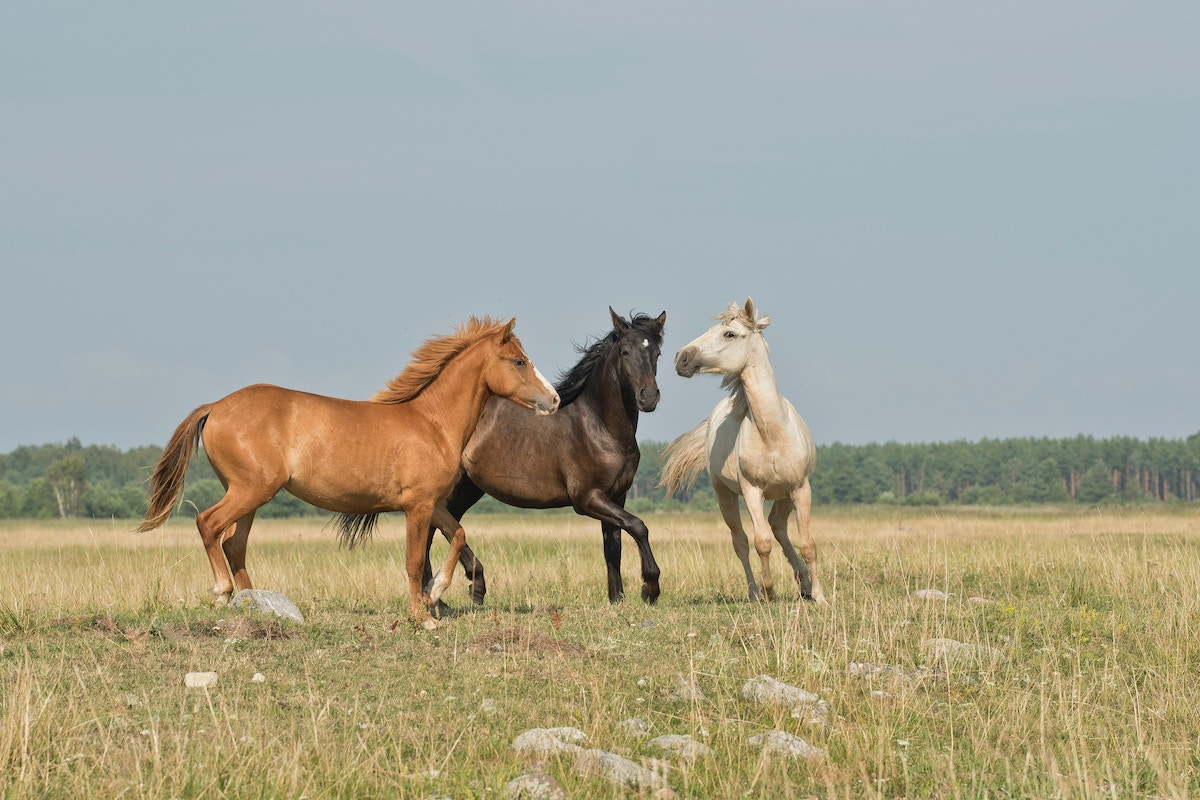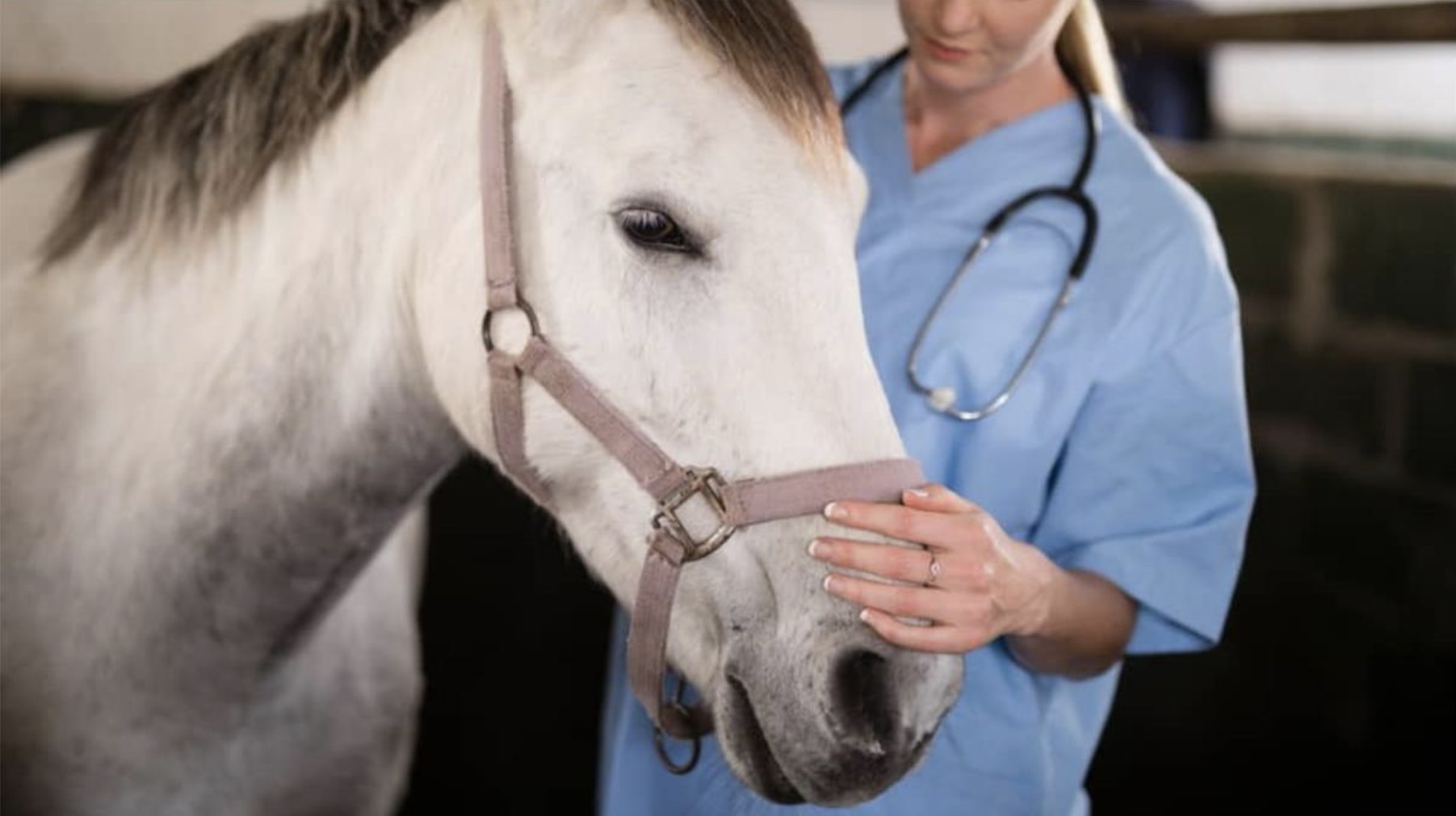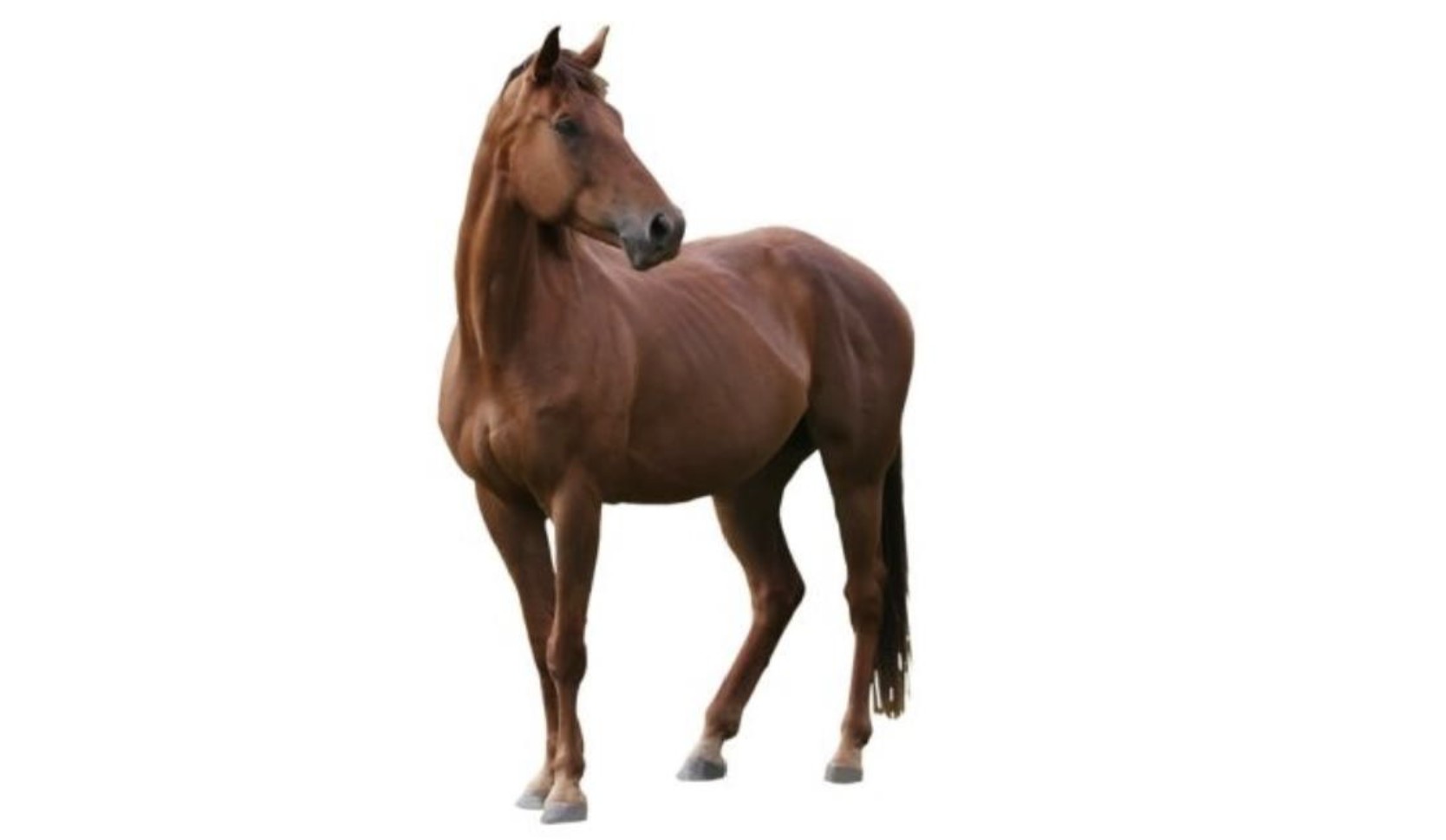Ask your laboratory expert: haematology results in equine practice

The article features a series of questions and answers from equine vets about haematology results. Stacey A Newton, BVSc, FRCPath, CertEM (Int Med), PhD, MRCVS, our laboratory expert, answers these questions, providing insights into the interpretation and significance of haematology in equines.
The article covers various topics, including:
Can equine infectious anaemia cause immune-mediated haemolytic anaemia? (Yes, any infectious disease process can result in secondary immune-mediated haemolytic anaemia)
Which parameters of haematology could be helpful in the prognosis of colic? (Combination of prolonged prothrombin time, increased D-dimer, and low fibrinogen could indicate a poorer prognosis)
Why is polychromasia not seen in horses, and why can we use mean corpuscular volume and mean corpuscular haemoglobin concentration? (Horses’ red blood cells are more mature when released from the bone marrow, and larger size can be used to suggest regeneration)
Are there other reasons to use acute inflammatory markers? (Yes, they can be used to evaluate the kinetics of inflammation, as well as markers of disseminated intravascular coagulation and iron deficiency anaemia)
Is it worth taking a blood sample when a horse is dull and you are unsure as to what it is? (Yes, blood tests can be helpful, even if there are no obvious changes present)
Can a high haematocrit with normal total protein be associated with cardiac and pulmonary diseases? (Yes, an increased packed cell volume/haematocrit with normal total protein may be seen with splenic contraction or primary erythrocytosis)
How can we know the difference between bacterial neutrophilia and neutrophilia due to bacterial complications of a viral infection? (Correlation with other tests for underlying viral diseases is advised)
Is it possible to diagnose regenerative anaemia without a bone marrow biopsy? (Yes, through repeated or serial haemograms if there is no clinical evidence of a haemorrhage)
How do we check for regenerative anaemia in a horse? (By determining if there is an anaemia, looking at RBC parameters and morphology, and considering increased MCV or MCHC as indicators of regeneration)
Overall, the article provides valuable insights into the interpretation and significance of haematology results in equine practice, helping vets to better understand and diagnose various conditions.




